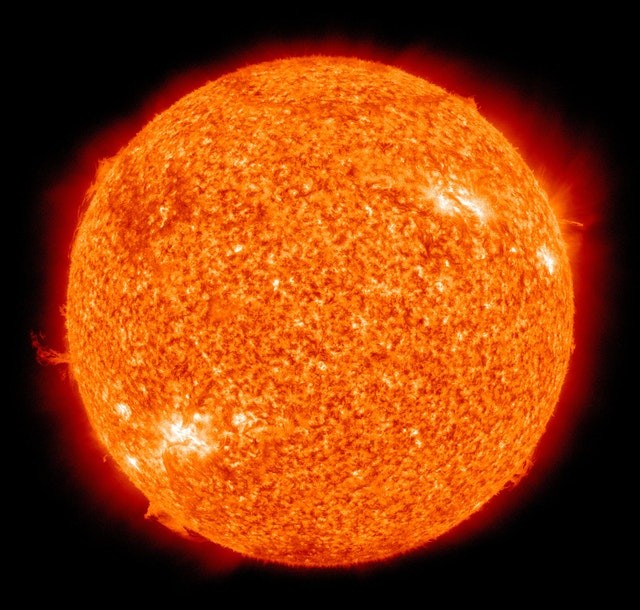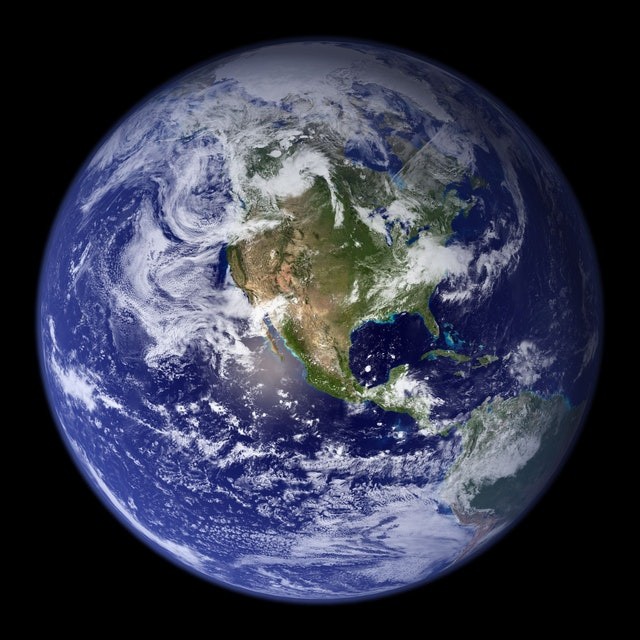The National Weather Service's Space Weather Prediction Center (SWPC) has reformed the Geomagnetic Storm Watch that was in effect on April 25 to a Geomagnetic Storm Warning after discovering the early appearance of a hearty solar wind.

SWPC
The SWPC reveals that minor to moderate level of the geomagnetic storm are being observed which shows the early arrival of an expected coronal mass ejection that came out of the Sun on April 22. The improvement in solar wind parameters were initially noticed by the DSCOVR spacecraft.
The transient solar wind characteristics is anticipated to lead to auroral enhancements that may be seen at night in the higher latitudes when the sky condition is favorable. Because of the power of this disturbance, aurora could be seen as far south as New York and Idaho and places in between. A partial halo Coronal Mass Ejection (CME) was connected with a C3 flare from Region 2816 on the Sun, as stated by the SWPC.
Also Read:
Facts About the Solar Storm -- Massive Radiation Blasting the Earth
Solar Tsunami
After a rigorous analysis was made by SWPC forecasters and computer forecast models that are skillful in these kinds of events, the first forecast called for impacts to land on Earth early to mid-day on April 25. Instead, energy arrived on Saturday. Beyond this pulse of energy that is interrelating with the magnetic field of the Earth now, it seems a solar tsunami was released from the surface of the sun too by this CME.
A solar tsunami, also called a Moreton-Ramsey Wave or a Moreton Wave is the indication of an extensive solar corona shock wave produced by solar flares. Initially sighted in the late 1950s, the technology NASA deployed in 2009 clarified the mechanics and the presence of that kind of tsunami.
G2 Level Storm
Contrary to a wave of water speaking about a traditional tsunami, a solar tsunami is a wave of hot plasma and magnetism approximately 62,000 miles tall that passes through the solar system at a speed of about 560,000 mph. While this storm is known as a moderate "G2" level storm, restricted impacts are anticipated.
High-latitude power systems could undergo voltage alarms; if this event should last long, there could be some damages in the transformer too. There could also be an interruption to radio communications. Ground control squad for spacecraft beyond Earth may also require to move or position their equipment in space in a way to decrease the threat of destruction.

Space Weather
While commonly known for their weather forecasts, the National Oceanic and Atmospheric Administration (NOAA) and its National Weather Service (NWS) is also in charge of "space weather."
While there are companies that are privately owned and other agencies that observe and forecast space weather, the official origin for warnings and alerts of the space environment is the Space Weather Prediction Center (SWPC).
Related Article : [UPDATE] Solar Storms: Are They Dangerous?
For more news, updates about Geomagnetic Storm Watch and similar topics don't forget to follow Nature World News!
© 2025 NatureWorldNews.com All rights reserved. Do not reproduce without permission.





